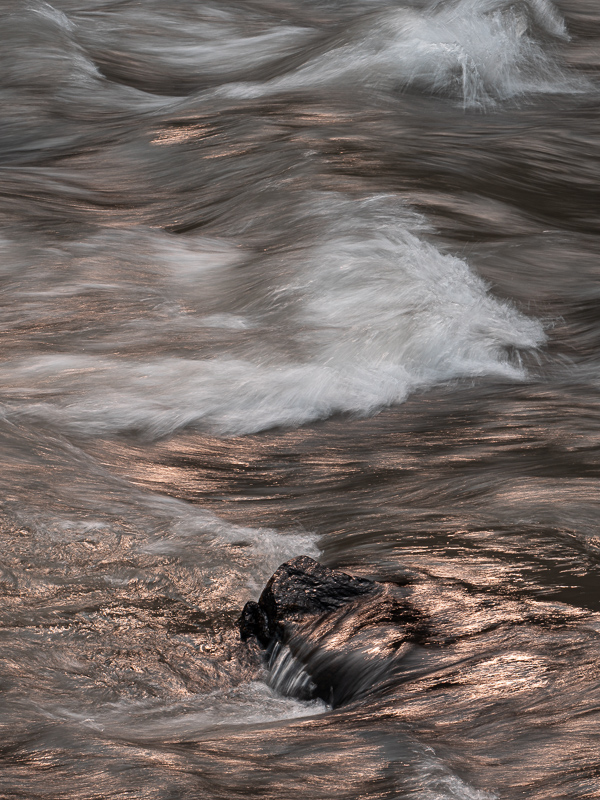Every Picture Is a Compromise
Lessons from the Also-rans
Most photography websites show the photographer's very best work. Wonderful. But that's not the full story of a creative life. If we want to learn, we'd better pay attention to the images that aren't "greatest hits" and see what lessons they have to offer. Every picture is a compromise — the sum of its parts, optical, technical, visual, emotional, and even cosmic – well, maybe not cosmic, but sometimes spiritual. Success on all fronts is rare. It's ok to learn from those that are not our best.
This is a series about my also-rans, some of which I've been able to improve at bit (i.e., "best effort"), none of which I would consider my best. With each there are lessons worth sharing, so I will.

Previous image | Next image |
Original digital capture

Contrast to the Rescue Week
It's amazing how many times an increase in contrast helps an image. Of course, it's possible to push this too far, but a nudge to increase contrast brings a presence to an image that otherwise would seem flat and dull. This week's examples are all from low contrast light that was boosted a bit in processing.
What I saw that I liked:
A hazy day due to nearby forest fires.
What I don't like in the picture:
The auto white balance created the colors above, but the colors I saw were closer to the image at left.
What I learned:
The increase in processing contrast created highlights in the image at left that really show the hazy sunlight that was reaching down in the canyon.
Also, the image above was handheld at f/20 at 1/4 second. The one at left was f/14 at 1/10th second. The slightly faster shutter speed allows a bit more of the texture of the water to be seen. I prefer that compared to the all blurred water in the above. Another reason to chimp in the field to see how the camera sees. |
|


